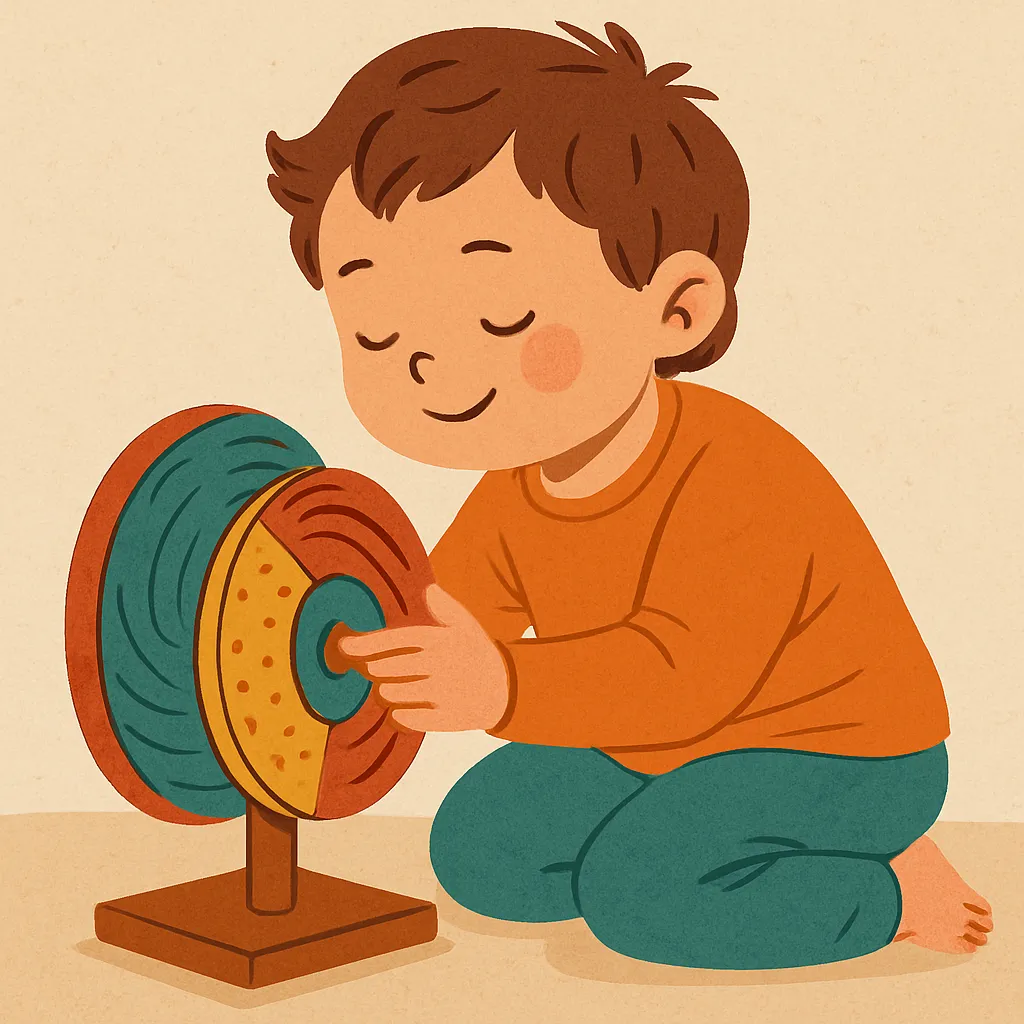Cascading, Not Broken: A New Model of Early Sensory Development in Autism
 A new paper published in APA PsycNet journal — “A Cascading Effects Model of Early Sensory Development in Autism” — proposes a fundamental shift in how we understand early autistic development. Instead of viewing sensory differences as disruptions or delays, the authors argue these differences are developmental starting points — integral, not incidental.
A new paper published in APA PsycNet journal — “A Cascading Effects Model of Early Sensory Development in Autism” — proposes a fundamental shift in how we understand early autistic development. Instead of viewing sensory differences as disruptions or delays, the authors argue these differences are developmental starting points — integral, not incidental.
They call it a “cascading effects model.” At its heart is a simple but profound reframing: early sensory processing in infancy leads to unique patterns of attention, interaction, and learning. These patterns aren’t detours from a “normal” path. They are the path. And the cascade is not a breakdown. It’s a build.
From Sensory Differences to Developmental Trajectories
The authors emphasize that autistic infants may engage differently with their environment from the very beginning. This leads to different learning experiences — which then amplify and shape later development. Not in a linear or pathological way, but through feedback loops that define how the child experiences the world.
They describe this as a dynamic process: early sensory input affects engagement with the environment, which affects what is learned, which in turn affects how new input is processed. This cycle isn’t a failure of regulation — it’s a different system of organization.
Why This Matters
For decades, early intervention has treated sensory reactivity as a symptom to manage or minimize. Sensory-seeking? Suppress it. Sensory-avoidance? Override it. Regulation has been interpreted as normalization. But if the cascade model is right, these responses aren’t obstacles — they’re architecture.
It means therapies that pathologize sensory differences may be undermining the very processes that support healthy autistic development.
What the Authors Get Right
Unlike many developmental models, this one refuses to treat autistic difference as damage. It avoids language of deficit and disorder. It does not frame development as a failure to become neurotypical.
Instead, it centers adaptation, plasticity and the self-organizing capacity of the brain. That doesn’t mean it romanticizes suffering or difficulty — but it does mean it refuses to build its model on the assumption that autistic brains are broken.
Who’s Missing — and Why That Matters
Despite the paper’s strengths, it falls short in a familiar way: there is no explicit indication of whether any of the authors are autistic. Positionality is not discussed. Autistic scholars are cited — but not included. As always, this limits how far the model can go. A theory about lived sensory experience that omits lived sensory expertise risks flattening the very complexity it seeks to honor.
Still, the model opens important doors.
Our Take
We don’t need one more model about how autistic children fail to develop. We need models that explain how we do — differently, dynamically, and with our own kind of internal logic. This paper moves in that direction.
And it leaves us with a challenge: if researchers are finally starting to see the roots of autistic development clearly, will practitioners change how they respond? Will interventionists stop pathologizing sensory experience? Will systems stop trying to reroute the cascade?
Or will they keep calling a different brain “dysregulated” just because they never learned to recognize its rhythm?
Source: A Cascading Effects Model of Early Sensory Development in Autism (2025)